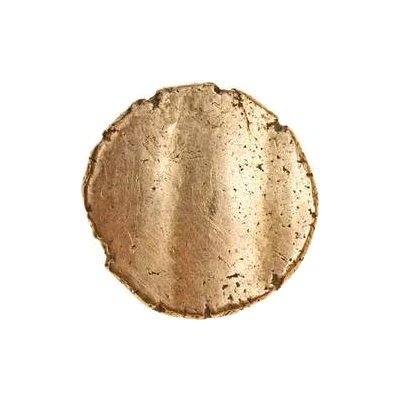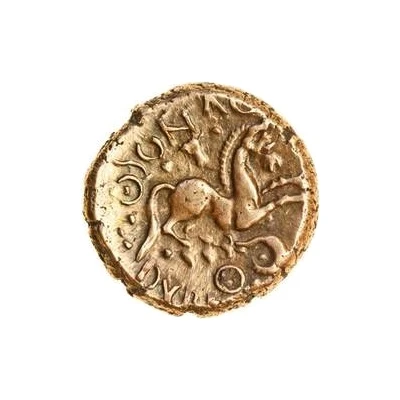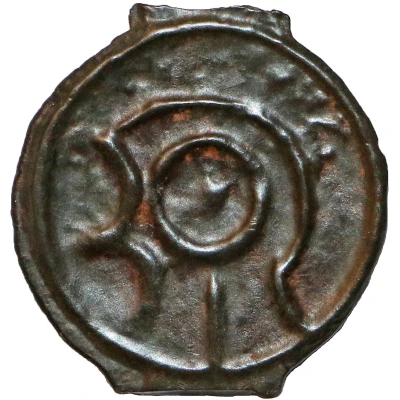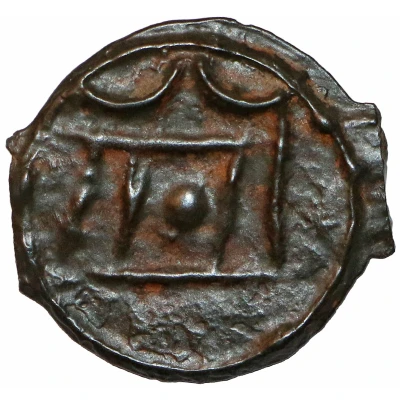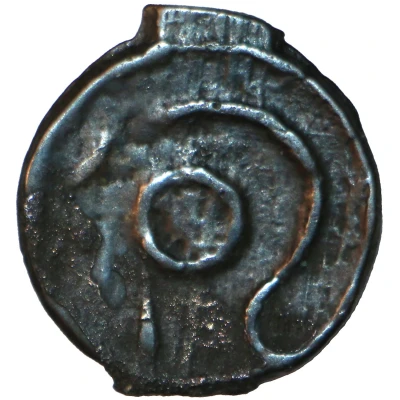
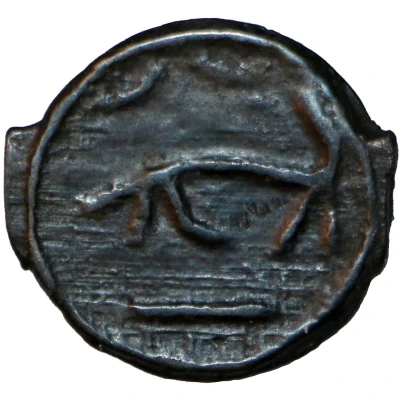

© John Conduitt (CC BY-SA)
Bronze Unit "Cantian C" 100 BC - 90 BC
| Bronze | 1.7 g | 18 mm |
| Issuer | Cantii tribe (Celtic Britain) |
|---|---|
| Type | Standard circulation coin |
| Years | 100 BC - 90 BC |
| Currency | Stater |
| Composition | Bronze |
| Weight | 1.7 g |
| Diameter | 18 mm |
| Shape | Round (irregular) |
| Technique | Cast |
| Orientation | Variable alignment ↺ |
| Demonetized | Yes |
| Updated | 2024-10-09 |
| Numista | N#126732 |
|---|---|
| Rarity index | 91% |
Reverse
Celticised bull charging left or right. Bull is made of curved lines
Comment
Early Uninscribed Coinage (c.120-c.50 BC)Cantian C is characterised by striations in the fields on one or both sides, caused by the techniques used to smooth the surfaces. Van Arsdell lists several variations:
- Crossed striations (V 112)
- Medium striations (V 114-115)
- Heavy striations (V 117-118)
- Thin striations (V 119)
Interesting fact
One interesting fact about the Cantian C coin is that it features a unique design that sets it apart from other coins of the same era. The obverse side of the coin depicts a stylized horse, while the reverse side features a wheel or circle with four spiral arms radiating from the center. This distinctive design has led some numismatists to speculate that the coin may have had a specific symbolic or religious significance to the Cantii tribe.
